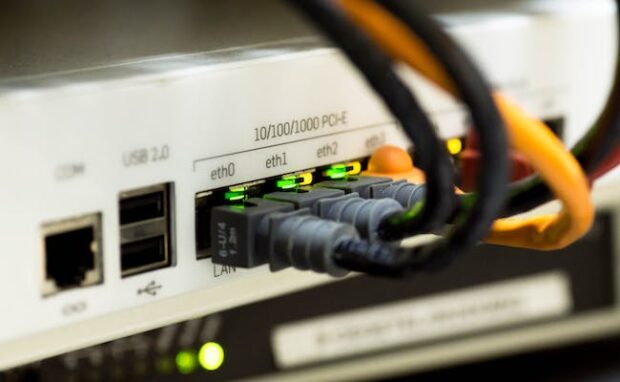Japan to launch flying solar 5G stations in 2025
Japan is developing flying solar 5G stations that will fly to the stratosphere to provide wider internet coverage worldwide. These high-altitude platform stations (HAPS) will link more remote areas previously unreachable online. Telecom group Softbank demonstrated its capabilities by facilitating a 5G call between Japan and Rwanda.
The world is becoming more interconnected via the Internet, sharing the benefits of online services to more people. However, there are still spots on Earth that cannot establish wired and wireless connectivity. Fortunately, countries like Japan are developing new technologies to help us link with the rest of the world.
This article will discuss how these flying solar 5G platforms function. Later, I will share other ways we’re helping more people connect to the Internet.
How do flying solar 5G stations work?
Japan to dispatch solar-powered, flying 5G mobile base station in 2025https://t.co/h49sxoxU0t
— Interesting Engineering (@IntEngineering) January 1, 2024
The HAPS unmanned platforms will fly at roughly 18 to 25 km in the stratosphere to provide sky and sea connectivity. In October 2023, Softbank said it successfully tested 5G transmission from the stratosphere.
It enabled a video call between 5G smartphones in Japan and Rwanda. Nowadays, the company is working with the Rwandan government to launch the technology in Africa.
Top Japanese telecom NTT and satellite broadcaster Sky Perfect JSAT formed a joint venture called Space Compass. It will invest tens of billions of yen (10 billion yen equals $70.2 million) in this project over the next 10 years.
Space Compass is working with NTT Docomo to accelerate development. Statista says there were 5.3 billion internet users worldwide as of October 2023.
That accounts for 65.7% of the global population. Nikkei Asia says it is a next-gen solution to reach the remaining 34.3%. Also, the recent agreement at the World Radiocommunication Conference will promote Japanese business expansion abroad.
Japan proposed frequencies that countries will adopt as the global standard and will facilitate HAPS operations. The flying solar 5G stations will use 1.7 gigahertz, 2 GHz, and 2.6 GHz, which form the core of cellular communications.
You may also like: Scientists build organic solar panels from wood
The 700 to 900 megahertz “platinum” band will enable improved mobile services. They will operate in Europe, Africa, the Americas, and Asia.
“For Japanese companies to establish a global presence, it’s effective to narrow down fields where they excel in as well as markets and make Japanese technology the de facto standard through public and private partnerships,” said Narutoshi Sakano, director of the Center for Public Policy Research at the Fujitsu Research Institute.
Other internet breakthroughs

The Land of the Rising Sun also achieved an amazing Internet feat last year. In late 2023, it sent 22.9 petabits of data per second through a single optical fiber.
That is over 20 times the amount of data the world sends per second! Global internet traffic encompasses all online activities, such as video streaming, online gaming, file downloads, web browsing, etc.
Interesting Engineering says Japan’s National Institute of Information and Communications Technology (NICT) was the brains behind this innovation. The organization combined several technologies that utilize space and wavelength in optical fiber communications.
The website compared the process to widening roads, using various lanes and traffic signals to make the internet faster and transmit more information. The researchers discovered each core in the fiber cable could transmit data at a speed between 0.3 to 0.7 petabits per second.
You may also like: Spot The Station app lets you track the ISS
Other internet providers rely on a single data-transmitting core. Conversely, NICT had 38 cores in its cable. Each can send data in three modes, totaling 114 spatial channels.
These increase the amount of data passing through the fiber using independent data channels across different wavelength bands. Also, each mode has 750 wavelength channels across the C, L, and S bands, resulting in a bandwidth of 18.8 terahertz.
Their combined speed reaches 22.9 petabits per second. Surprisingly, NICT hints they could further optimize their connectivity, boosting the speed from 22.9 to 24.7 petabits per second. Interesting Engineering says this makes NASA’s internet speed seem like a dial-up connection in comparison.
Conclusion
Japan is developing flying solar 5G stations that will launch in 2025. It will provide internet access to areas that cannot establish cable or Wi-Fi infrastructure.
Soon, everyone can benefit from the Internet, opening more opportunities and improving lives. More importantly, it will help us stay in touch with everyone.
Besides the Internet, other technologies have been improving lately. Ensure you can take advantage of their features by getting the latest digital trends at Inquirer Tech.